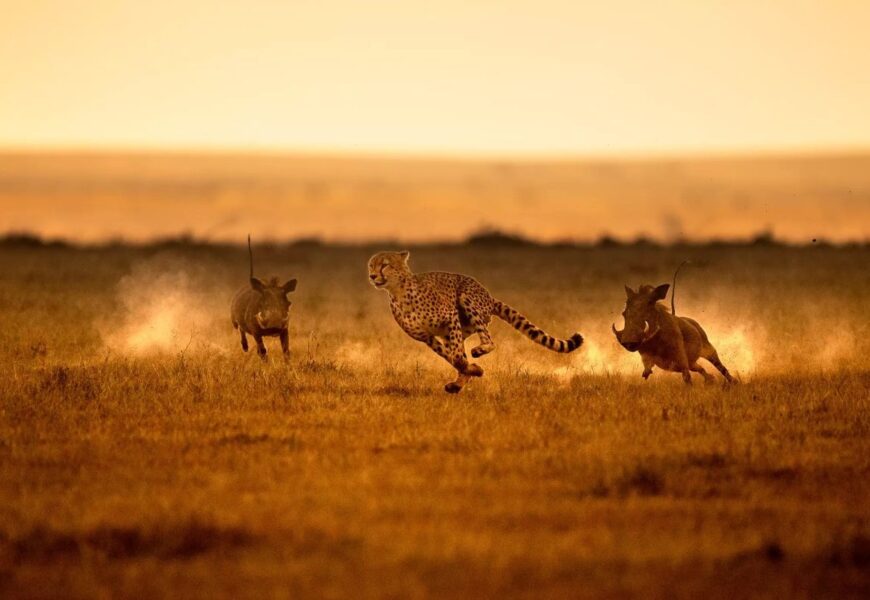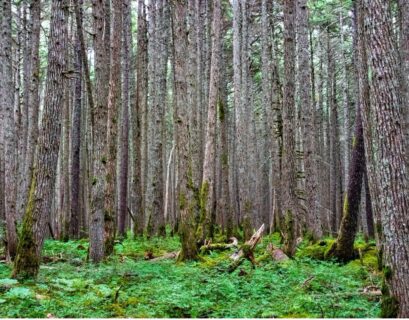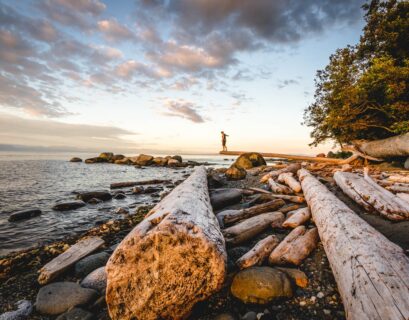As photographers, we are constantly seeking new and innovative ways to capture the beauty of wildlife in their natural habitats. Whether it’s the majestic roar of a lion in the savannah or the gentle flutter of a butterfly in a garden, wildlife photography is a thrilling and rewarding pursuit. In this article, we’ll explore some effective ways to capture the beauty of wildlife in their natural habitats, from planning and preparation to camera techniques and post-processing.
Planning and Preparation
Before heading out to capture the beauty of wildlife, it’s essential to plan and prepare thoroughly. Research the location, climate, and behavior of the species you’re interested in photographing. This will help you anticipate and prepare for any challenges you may face. Consider the time of day, weather conditions, and any potential obstacles that may affect your photography.
Camera Equipment and Gear
Having the right camera equipment and gear is crucial for capturing high-quality wildlife images. A digital single-lens reflex (DSLR) camera or a mirrorless camera with interchangeable lenses is ideal for wildlife photography. A telephoto lens with a focal length of at least 200mm is recommended for capturing distant subjects. A camera with good low-light performance and high ISO capabilities is also essential for shooting in challenging lighting conditions.
Camera Techniques
When it comes to capturing the beauty of wildlife, camera technique is crucial. Here are some tips to help you improve your photography skills:
- Anticipate and be patient: Wildlife photography often requires patience and anticipation. Anticipate the behavior of your subject and be prepared to capture the moment.
- Use the right shutter speed: A fast shutter speed is essential for freezing the action of your subject. Aim for a shutter speed of at least 1/500th of a second.
- Use the right aperture: A wide aperture (small f-stop number) will help you create a shallow depth of field, separating your subject from the background.
- Experiment with composition: Don’t be afraid to experiment with different compositions and angles to add visual interest to your images.
Post-processing
Post-processing is an essential step in capturing the beauty of wildlife. Here are some tips to help you enhance your images:
- Adjust the exposure: Adjust the exposure to balance the brightness and contrast of your image.
- Play with colors: Adjust the colors to enhance the natural tones and hues of your subject.
- Crop and resize: Crop and resize your image to focus attention on the subject and eliminate distractions.
- Add a touch of texture: Add a touch of texture to your image to give it a more organic feel.
Additional Tips and Tricks
Here are some additional tips and tricks to help you capture the beauty of wildlife:
- Be respectful: Always respect the wildlife and their habitats. Avoid disturbing or harassing the animals, and never feed or touch them.
- Use a hide or blind: A hide or blind can help you get up close and personal with your subject without startling them.
- Shoot in RAW: Shooting in RAW format gives you more flexibility when editing your images.
- Keep it simple: Keep your camera settings simple and intuitive, and avoid overcomplicating your shots.
Conclusion
Capturing the beauty of wildlife in their natural habitats requires patience, planning, and practice. By following these tips and techniques, you’ll be well on your way to creating stunning wildlife images that showcase the beauty and majesty of the natural world. Remember to respect the wildlife and their habitats, and always prioritize their well-being and safety. With dedication and practice, you’ll be able to capture the beauty of wildlife in their natural habitats, and share your images with the world.










